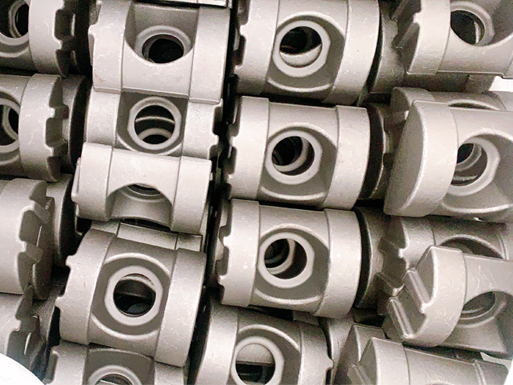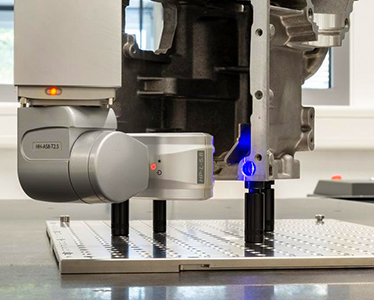GET TO KNOW THE PLANTS AND EQUIPMENT OF MAPLE FORGE
2023-08-19
The whole manufacturing process is a highly sophisticated adventure. It all starts with our engineers and developers, who use state-of-the-art software to design the structure of our forgings and choose the technology used for their production. They carry out simulations of key production operations and develop a prototype for each new forging. The comprehensive production process includes:
DESIGN AND DEVELOPMENT
Maple develop a product and its structural design, including its forging tools, at our design and technological office with the use of the latest CAD and simulation software. We take your idea and work out all the details, and we take care of the forging’s design, production of the tools, and its heat treatment (including blast machining), surface treatment, and delivery to a designated location. We use the following data formats and software in our development process
TOOL AND DIE PRODUCTION
Maple manufacture tools in our own toolworks with CNC machining, classical blast machining or EDM for complex-shape forgings.
FITTINGS
We process all types of steel materials, including micro-alloyed steel, and use these to make products with weights from 0.1 to 12 kg. We use modern sawmills and scissors for accurate and efficient material separation. The forging itself is provided by twelve production lines equipped with forging presses.
FINISHING OPERATIONS
We perform thermal processing of all kinds on our forgings, with our material heating being performed exclusively via induction heating with continuous temperature monitoring. We use blasting for the final surface treatment. We generally perform these surface finishing operations:
The basic principles behind forging were discovered empirically 5,000 years ago—shaping metal at high temperatures lets one transform it into a desired shape while improving its mechanical properties. However, the industry has undergone radical changes since then. Empirical knowledge is still key, but today it is also often replaced by exact data, procedures and simulations. The blacksmith’s hammer, forge, and furnace have been replaced by automated shaping lines.
Files and drills replaced precision CNC machines. However, the personality of the blacksmith remains indispensable. Being part of one of the oldest craft industries is a privilege. Only true personalities and team players are able to ensure the continuous development of the craft with its irreplaceable position in our technical history for several thousand years.However, the personal touch of a master smith remains essential. And being part of one of the oldest branches of industry can be seen as a true privilege. Only true personalities and team players can ensure the continuous development of this field—one that has held an irreplaceable position in our technological history for thousands of years.
























































